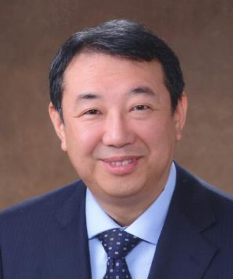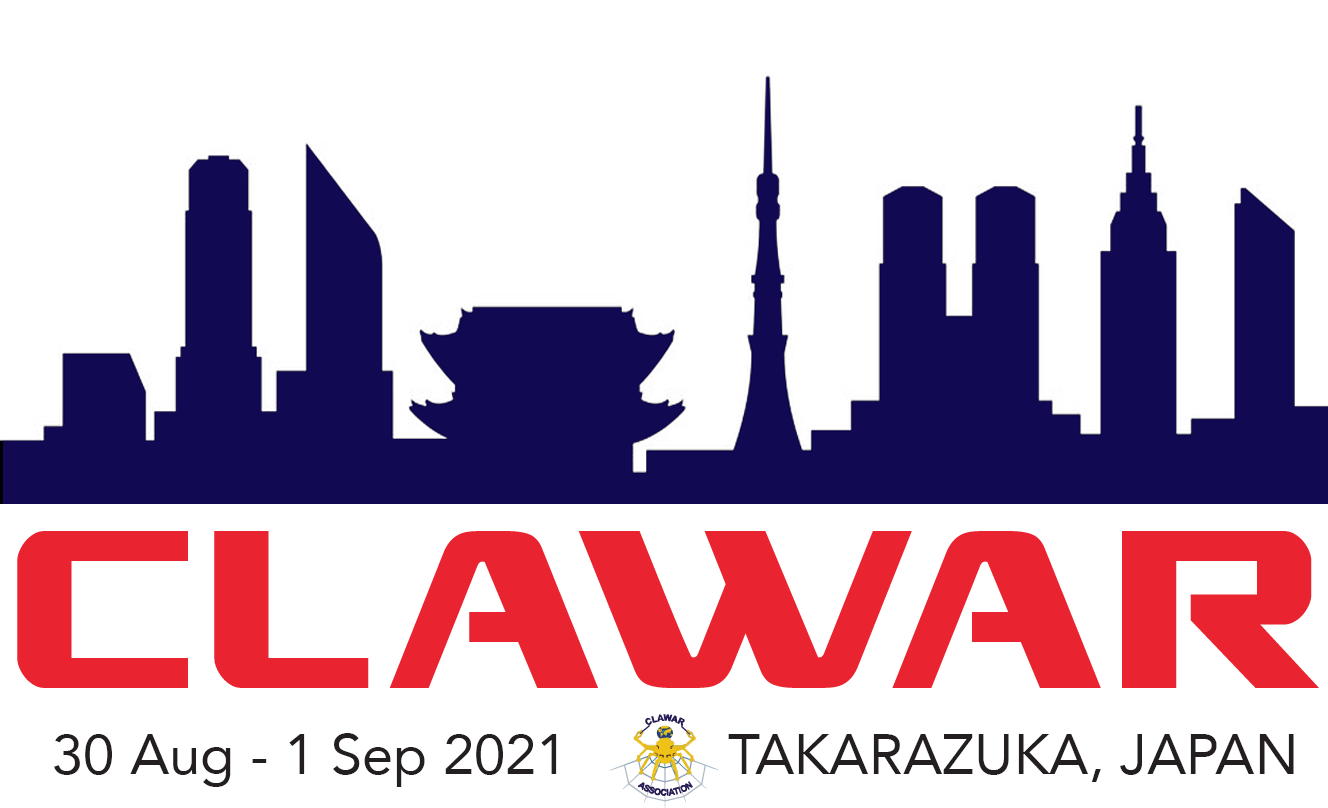Dr. Robin R. Murphy

Bio: Dr. Robin R. Murphy is the Raytheon Professor of Computer Science and Engineering at Texas A&M University, a TED speaker, and an IEEE and ACM Fellow. She helped create the fields of disaster robotics and human-robot interaction, deploying robots to 29 disasters in five countries including the 9/11 World Trade Center, Fukushima, the Syrian boat refugee crisis, Hurricane Harvey, and the Kilauea volcanic eruption. Murphy’s contributions to robotics have been recognized with the ACM Eugene L. Lawler Award for Humanitarian Contributions, a US Air Force Exemplary Civilian Service Award medal, the AUVSI Foundation’s Al Aube Award, and the Motohiro Kisoi Award for Rescue Engineering Education (Japan). She has written the best-selling textbook Introduction to AI Robotics (2nd edition 2019) and the award-winning Disaster Robotics (2014), plus serving an editor for the science fiction/science fact focus series for the journal Science Robotics.
Categorizing Extreme Environments and Predicting Success
Tremendous advances have been made in practical climbing and walking robots and these robots are ripe to revolutionize disaster robotics. In order to transfer advances to emergency response, roboticists need to have a good understanding of the characteristics of extreme environments. This talk will describe traversability challenges associated with disasters such as earthquakes, building collapses, landslides, mine explosions, and flooded or burned areas. It will also present a new method of categorizing extreme environments with dimensionless numbers. By formally categorizing an extreme environment, the risk of using a particular robot can be computed using a new, comprehensive formula for estimating the probability of success of a mission. The talk will be highlighted with videos and examples from disasters all over the world.
Dr. Claudio Semini
 Bio: Dr. Claudio Semini (MSc 2005, PhD 2010) is the head of the Dynamic Legged Systems (DLS) lab at Istituto Italiano di Tecnologia (IIT) that developed a number of high-performance hydraulic robots, including HyQ, HyQ2Max, and HyQReal. He holds an MSc degree from ETH Zurich in electrical engineering and information technology. He spent 2 years in Tokyo for his research: MSc thesis at the Hirose Lab at Tokyo Tech and staff engineer at the Toshiba R&D center in Kawasaki working on mobile service robotics. During his PhD and subsequent PostDoc at IIT, he developed the quadruped robot HyQ and worked on its control. Since 2012 he leads the DLS lab. Claudio Semini is the author and co-author of more than 100 peer-reviewed publications in international journals and conferences. He is also a co-founder of the Technical Committee on Mechanisms and Design of the IEEE-RAS Society. He is/was the coordinator/partner of several EU-, National and Industrial projects (including HyQ-REAL, INAIL Teleop, Moog@IIT joint lab, etc). His research interests include the construction and control of highly dynamic and versatile legged robots for field application in real-world operations, locomotion, hydraulic drives, and others.
Bio: Dr. Claudio Semini (MSc 2005, PhD 2010) is the head of the Dynamic Legged Systems (DLS) lab at Istituto Italiano di Tecnologia (IIT) that developed a number of high-performance hydraulic robots, including HyQ, HyQ2Max, and HyQReal. He holds an MSc degree from ETH Zurich in electrical engineering and information technology. He spent 2 years in Tokyo for his research: MSc thesis at the Hirose Lab at Tokyo Tech and staff engineer at the Toshiba R&D center in Kawasaki working on mobile service robotics. During his PhD and subsequent PostDoc at IIT, he developed the quadruped robot HyQ and worked on its control. Since 2012 he leads the DLS lab. Claudio Semini is the author and co-author of more than 100 peer-reviewed publications in international journals and conferences. He is also a co-founder of the Technical Committee on Mechanisms and Design of the IEEE-RAS Society. He is/was the coordinator/partner of several EU-, National and Industrial projects (including HyQ-REAL, INAIL Teleop, Moog@IIT joint lab, etc). His research interests include the construction and control of highly dynamic and versatile legged robots for field application in real-world operations, locomotion, hydraulic drives, and others.
Quadruped Robots for Challenging Tasks on Unstructured Terrains
Legged Robots are expected to assist and replace human operators in dangerous and dirty tasks in unstructured environments. As demonstrated by legged animals and humans, legs are ideal for moving over very rough terrain, where wheeled and tracked vehicles cannot go. To build versatile legged machines, it is crucial to combine high-performance hardware with intelligent locomotion control, planning and perception. In this presentation, I will give an overview of the quadruped robot research conducted at IIT’s Dynamic Legged Systems lab. First, I will present the development of the HyQ, HyQ2Max and HyQReal quadruped robots. Next, I will give an overview of our developed locomotion algorithms and software framework that allows our robots to cope with highly irregular terrain, including rocks, stairs, gaps, ramps, stepping stones, etc. Last, I will introduce our recent work on quadrupedal manipulation, tele-operation and a look into future applications.
Prof. Hajime Asama

Prof. Hajime Asama received M. S., and Dr. Eng. from UTokyo (the University of Tokyo) in 1984 and 1989. He worked at RIKEN, Japan from 1986 to 2002, became a professor of RACE (Research into Artifacts, Center for Engineering) of UTokyo in 2002, a professor of School of Engineering since 2009, and the director of RACE since 2019. He received SICE System Integration Division System Integration Award for Academic Achievement in 2010, JSME Award (Technical Achievement) in 2018, etc. He was the vice-president of RSJ in 2011-2012, an AdCom member of IEEE Robotics & Automation Society in 2007-2009. Currently, he is the president of IFAC since 2020. He is a council member of the Science Council of Japan since 2017. He is a Fellow of IEEE, JSME, and RSJ. His main research interests are service robotics, distributed autonomous robotic systems, embodied brain science systems, and cognitive ergonomics.
Service robot technology based on human understanding
Robot Technology (RT) is a technology to derive solutions to the societal problems and to create new values in the society by system integration. In addition to the research and development of service robotics, needs-driven approach is considered important to promote the societal dissemination.
In this presentation, the trends in research and development of robot technology for various services, such as rehabilitation, nursing care, disaster response, decommissioning of nuclear power plants, etc., are introduced, as well as the issues on its societal dissemination and human understanding. The needs of service robotics for response to COVID-19 pandemic and post-coronavirus society are also discussed.



